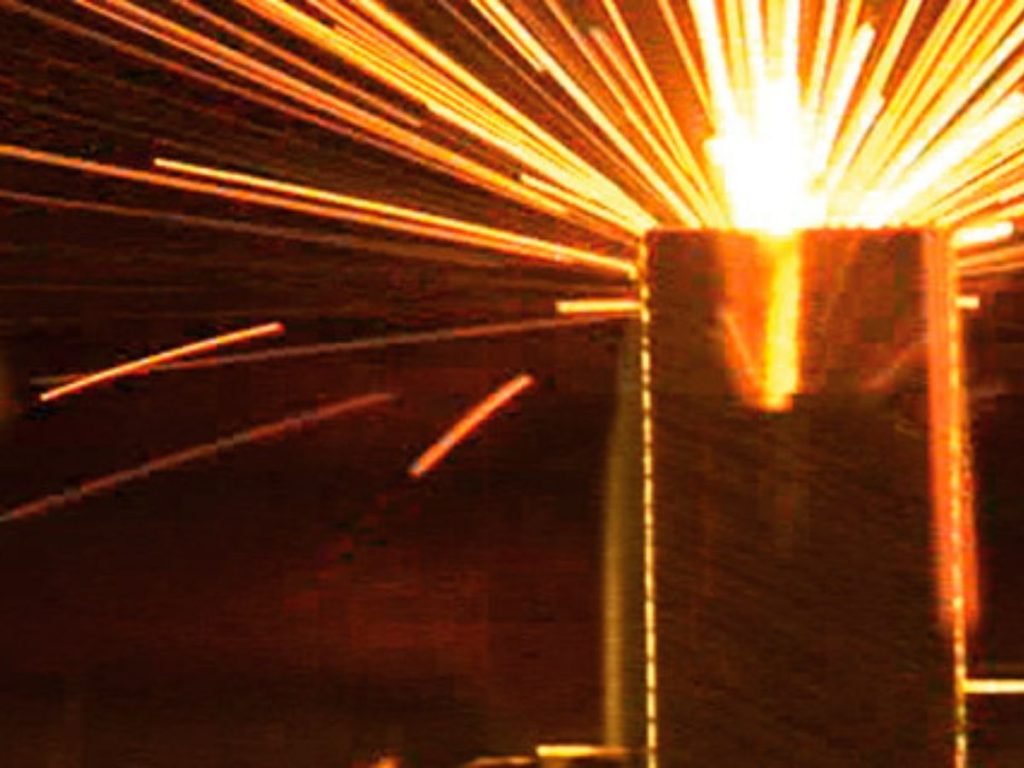Advantages and disadvantages of electron beam welding
Electron beam welding (EBW) is a metal welding technique that uses a beam of high energy electrons to heat the metal in a vacuum chamber. This melts the material and forms a ‘keyhole,’ which solidifies as it fuses with another component. Because of its precision, EBW is a popular choice for Aerospace, Defense, Medical equipment and Medical Implant manufacturers, the Motorsport Industry, Nuclear industry, Oil-and-gas Industry, the Space Industry, and many Instrumentation applications. Here are some of the benefits and drawbacks of EBW.
EBP Ltd offers a variety of options to our customers, including Tungsten Inert Gas welding (TIG), Non-Destructive Testing, CNC machining, and Heat Treatment.
Benefits of Electron Beam Welding
1) A clean process because it is performed in a vacuum chamber:
Because EBW is performed in a vacuum chamber, it is free of potential gas contamination, resulting in a high-quality weld with no oxidation.
2) Excellent for delicate assemblies:
The surrounding material remains cool because EBW uses localised heating (small Heat Affected Zone, or HAZ) and has a low heat input. This enables welding of delicate products and in close proximity to heat sensitive areas, such as populated electronics enclosures. EBW has a HAZ comparable to laser beam welding, which is less than 5% of that of a comparable TIG weld.
3) Machine-controlled automation provides high quality and integrity:
EBW is extremely strong with little distortion or damage. Due to its accuracy, it also requires very little post-weld machining, making it suitable for welding precision parts. Custom weld-profiles are possible because the machine is programmable. AS9100 Rev D, AS9104, and NADCAP certification, as well as bespoke OEM approvals, ensure our quality.
4) Consistent accuracy and quality control:
To reproduce welds in large quantities while maintaining accuracy, precise parameters can be machine-programmed.
5) Joining disparate materials:
One of the most significant benefits of EBW is its ability to weld materials with different melting points, such as copper and stainless steel. In terms of cost and performance, EB welding can also weld high-cost nickel alloys to relatively low-cost stainless steel.
For example, the corrosive performance of a nickel alloy that is only needed in one area of a product’s design can be EB welded to a low-cost stainless steel that is not subjected to the same corrosive environment as the nickel alloy. Heat-treated components, as well as highly reflective metals such as platinum, can be EB welded. Titanium and other refractory metals can also be EB welded.
6) There was no filler material used:
In most cases, no filler materials are used during the EB welding process. The parent material is melted to form the join and thus the assembly.
7) Penetration range:
Weld penetrations ranging from 0.005″ (0.127mm) to 2″ are possible (50mm). It has a high depth to width ratio as well (10:1 to 40:1 in many cases).
8) Rapid welding speeds:
Despite having a longer cycle time than laser beam welding, EBW can achieve welding speeds of up to 30mm per second.
9) Cost-cutting measures:
EBW is a low-cost method of welding because it only requires a single pass of the electron beam, as opposed to TIG, MIG, and arc welding, which all require multiple passes of the heat source.
If the product design allows for it, the EBW process can also deliver weight savings, which can then lead to additional benefits such as reduced lead time and inventory costs.
Electron Beam Welding Disadvantages:
For a more balanced perspective, consider the following reasons why EBW may not be appropriate…
1) Setup fees:
The initial investment in equipment is high. With these costs in mind, a company will require a high volume of work to justify the investment. Unless you have a high volume throughput over a long period of time, it is usually more cost effective to outsource your EBW requirements.
2) Resources:
Expert operators are required due to the complex technical equipment. If you’re starting from scratch, you’ll need to invest in professional training and hire experienced qualified welding engineers.
3) Size restrictions:
The size of the welded components is limited by the size of the vacuum chamber available.
4) Radiation and X-Rays:
Because x-rays and radiation are present during the welding process, safety standards are extremely stringent.

